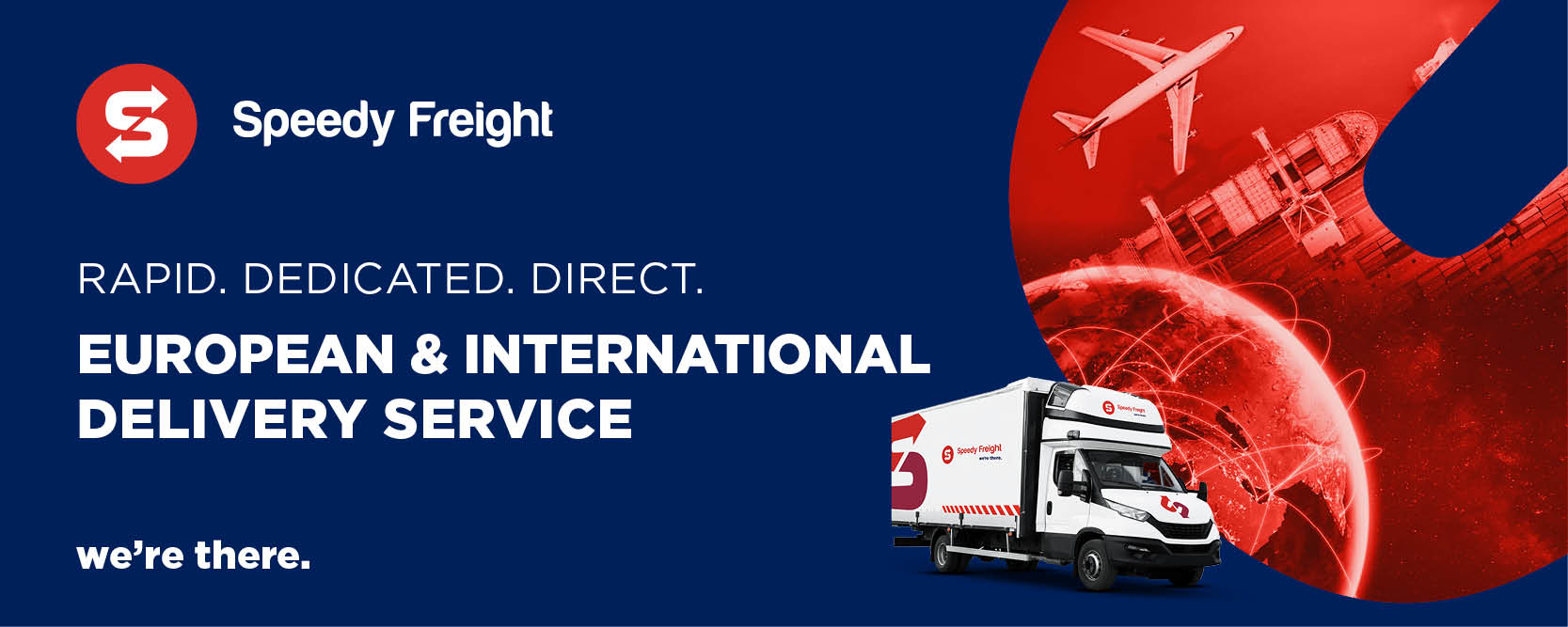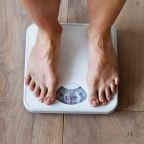
What Your Legs Are Trying to Tell You: Early Signs of Varicose Veins You Shouldn’t Ignore
Do your legs feel heavy after a long day? Have you started noticing veins that seem more visible than before? While many people associate varicose veins with appearance, the reality is that they can be an early warning sign of poor circulation — and often arrive with subtle symptoms that are easy to dismiss.
In this article, we explore the early signs of varicose veins, what causes them, and when it’s time to seek treatment.
It’s not just tired legs: What to watch for
It’s easy to assume that sore or heavy legs are simply a result of standing or sitting too long — especially if you work in healthcare, retail, or education. But when the feeling becomes more frequent or starts to include swelling, itching, or discolouration, it could be a sign of developing vein issues.
Early symptoms of varicose veins may include:
-
Aching or throbbing in the lower legs
-
A feeling of heaviness or fatigue, especially in the evening
-
Restlessness or an urge to move your legs at night
-
Itchy skin near visible veins
-
Veins that seem to appear, fade, and return
These issues are more than cosmetic. They are signs that blood is not flowing as efficiently as it should.
The link between circulation and visible veins
Varicose veins occur when the valves inside your veins stop working properly, allowing blood to pool instead of moving smoothly back to the heart. Over time, this pressure causes the veins to stretch, twist, and bulge — often becoming visible through the skin.
While some people may only notice these visible veins, others experience more physical symptoms. If you regularly suffer from aching legs, especially after standing, sitting, or walking long distances, your veins may be under more strain than you realise.
Night cramps, restlessness, and other hidden signs
Many people are surprised to learn that leg cramps at night or “restless legs” can be associated with venous insufficiency. These symptoms occur when the blood in your lower limbs doesn’t return effectively, irritating the surrounding tissues.
You might also notice:
-
Discolouration or dry patches on the lower legs
-
A sensation of heat or burning around the veins
-
Mild swelling around the ankles or feet
-
Increased discomfort during hot weather
If any of these signs are familiar, they shouldn’t be ignored — especially if you have a family history of vein problems.
When to seek professional help
If your leg discomfort is persistent or your veins are becoming more pronounced, a vein specialist can help assess your circulation and recommend the right treatment. The good news is that modern options are quick, minimally invasive, and highly effective.
One of the most popular treatments is foam sclerotherapy, which uses a safe foam solution to close off faulty veins and reroute blood through healthier ones. It’s ideal for many types of varicose veins and often requires no downtime at all.
Take action for healthier legs
Your legs are working hard for you — and when something isn’t right, they usually let you know. If you’ve been brushing off symptoms like tiredness, swelling, or visible veins, now is the time to listen.
At UK Vein Care, we specialise in diagnosing and treating vein conditions with modern, evidence-based solutions. Don’t wait for your symptoms to worsen. Take control of your vein health and book a consultation today.












